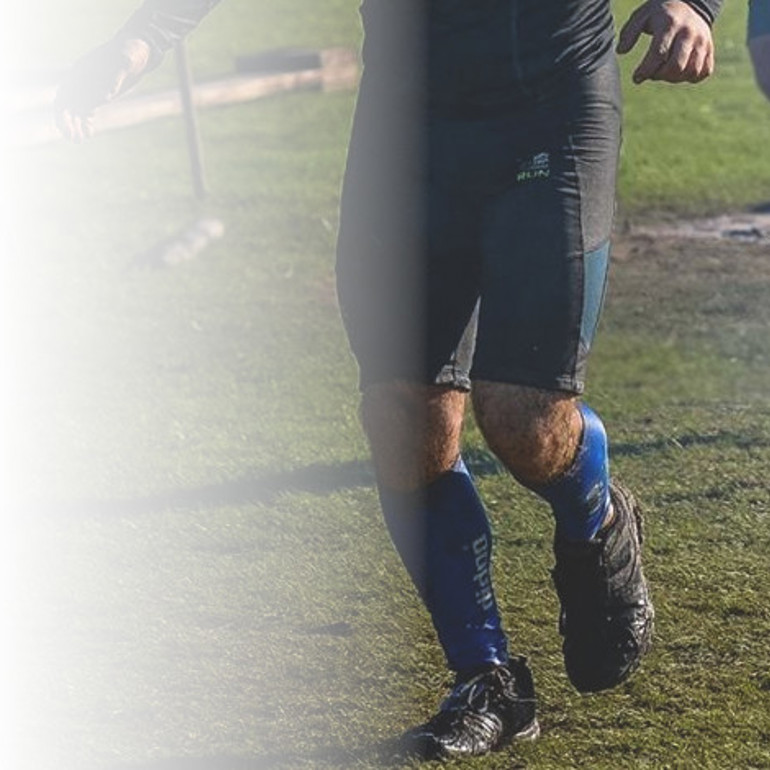Who is this Clinical Statement for and why was it important to have this guidance?
Approximately one in five adults partake in regular physical activity at a level that could be classified as sport. Participation in regular vigorous physical activity plays a key part in many people’s daily lifestyles and is associated with a broad range of health benefits and enhanced quality of life.
For some, the ability to perform and enjoy sport is limited by the presence of troublesome respiratory issues, and this applies to both those at the professional end of the athletic spectrum, and to individuals partaking in sport at a recreational or amateur level.
It is estimated that the latter group presents to primary care with exercise associated respiratory problems approximately once per month [1] and yet there is no focused guideline on this issue to aid clinicians, and many athletic individuals are simply advised that the simplest way to ameliorate their symptoms is to avoid or reduce sporting activity.
The new Clinical Statement[2] aims to provide guidance and a pragmatic approach to the assessment of the most frequently encountered sports-related respiratory issues, in both adult and paediatric populations. It also highlights important considerations when helping manage athletic individuals with general respiratory disorders, e.g. an athlete with pneumonia or a pneumothorax.
What kind of respiratory conditions are athletic people presenting with?
Commonly encountered issues include exercise-associated coughing, an inability to breathe properly and the development of wheezing sounds, particularly when exercising hard.
These can be caused by exercise-induced bronchoconsstriction (EIB), exercise-induced laryngeal obstruction (EILO), breathing pattern disorder but also by conditions such as pulmonary embolysm or pnemothorax.
The Clinical Statement has a strong focus on diagnosis, could you tell us why?
The Statement places emphasis on the need to use high-quality investigations to ensure a secure diagnosis and to truly characterise breathing issues in athletes [3] as there is a significant risk of misdiagnosis if an assessment is based soley on clincian-based evaluation.
A diagnosis of exericse-induced asthma is often established in childhood or early adolescence and this diagnostic label can persist throughout a subsequent sporting career, with implications for ongoing treatmtent, medical clearance, insurance, and psychological wellbeing [4]
This is why it’s important to get the diagnosis right first time, and we have addressed this issue by providing algorithms to guide diagnostic work-up and help clinicans best utilise and interpret the key and relevant physiological investigations.
Young athletic individuals often report breathlessness and an audible ‘wheeze-type’ sound during exercise which is often diagnosed as exercise-induced asthma, overlooking signs of exercise-induced laryngeal obstruction (EILO) even though the condition is a frequent in young athletic individuals [5, 6].
One of the key aims of this new guidance was to provide clear guidance on how clinicians should approach evaluation of this commonly encountered but oft misdiagnosed issues.
But you also focussed on treatment advice.
Yes, and here the Statement benefitted particularly from the multidisciplinary expertise on the authors’ group, with contributions from the specialisms of physiotherapy, speech and language therapy and sports and exercise medicine.
For example, we highlighted the importance of non-pharmacological and therapy-based intervention, e.g. using specialist breathing techniques for dysfunctional breathing and EILO.
Due to the paucity of high-quality data to inform and support the best approach to management in this context, the treatment recommendations provided in the Statement are largely based on the experience of the expert group and from observational reports.
However where relevant, details are provided regarding recommendations for future research and signposting to relevant international guidelines.
Did you include any advice for professional and elite athletes?
We did indeed, as it is expected that athletes and their support structures (e.g. coaches) may ask clinicians questions regarding anti-doping implications of any medications prescribed or when it is safe to return to vigorous sport following a respiratory illness, such as a respiratory tract infection. The Statement provides clinicians with a single source of guidance in this respect, with appropriate sign-posting to other relevant BTS guidelines.
In conclusion, this new BTS Clinical Statement should act to support clinicians faced with tackling respiratory issues in athletic individuals and ensure people can continue to successfully parktake in and enjoy sporting activity.
References
- Hull JH, Hull PJ, Parsons JP, et al. Approach to the diagnosis and management of suspected exercise-induced bronchoconstriction by primary care physicians. BMC Pulmonary Medicine 2009;9. doi:10.1186/1471-2466-9-29
- Hull JH, Burns P, Carre J, et al. BTS Clinical Statement for the Assessment and Management of Respiratory Problems in Athletic Individuals.
- Hull JH. Not all wheeze is asthma: time for patients to exercise their rights. Thorax 2015;70. doi:10.1136/thoraxjnl-2014-206096
- Ansley L, Kippelen P, Dickinson J, et al. Misdiagnosis of exercise-induced bronchoconstriction in professional soccer players. Allergy 2012;67. doi:10.1111/j.1398-9995.2011.02762.x
- Nielsen EW, Hull JH, Backer V. High Prevalence of Exercise-Induced Laryngeal Obstruction in Athletes. Medicine & Science in Sports & Exercise 2013;45. doi:10.1249/MSS.0b013e318298b19a
- Johansson H, Norlander K, Berglund L, et al. Prevalence of exercise-induced bronchoconstriction and exercise-induced laryngeal obstruction in a general adolescent population. Thorax 2015;70. doi:10.1136/thoraxjnl-2014-205738



